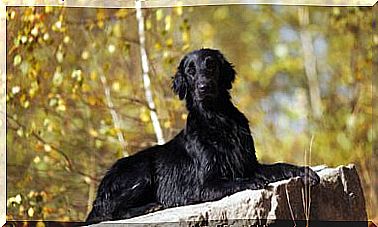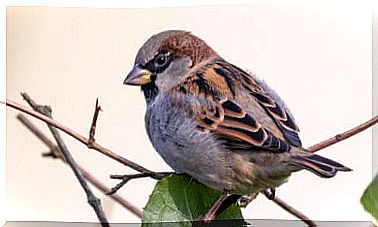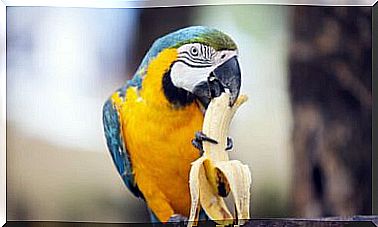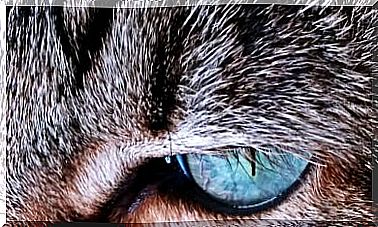Algae-eating Fish: Natural Cleaners

A diverse group of species that live at the bottom of ponds and feed on plant matter are known as algae-eating fish. They are the natural cleaners of the aquarium, as they are responsible for recycling organic matter as part of its natural biological cycle.
Still, all the work of cleaning a tank cannot be relegated to these tireless omnivores. The well-being of the entire aquarium depends on the members who are housed in it, but also on the dedication and knowledge of the tutor.
Algae in the aquarium
Based on the premise previously raised, we see it important that you know the most common types of algae before entering the world of eerie fish. We start with the filamentous or capillary algae, which are light green in color and grow in wispy filaments.
These aquatic vegetables are fast growing and cling to any tank surface. On the other hand, brown algae – also known as diatoms – are single-celled and grow as a layer of dust on the surfaces of the aquarium. Progressively, this vegetal sheet becomes a thick mat.
Other types of algae can thrive in a tank, such as brown slime or dinoflagellates algae and blue-green algae or cyanobacteria. Last are black-bearded algae, dark purple or black, which grow on aquatic plants.
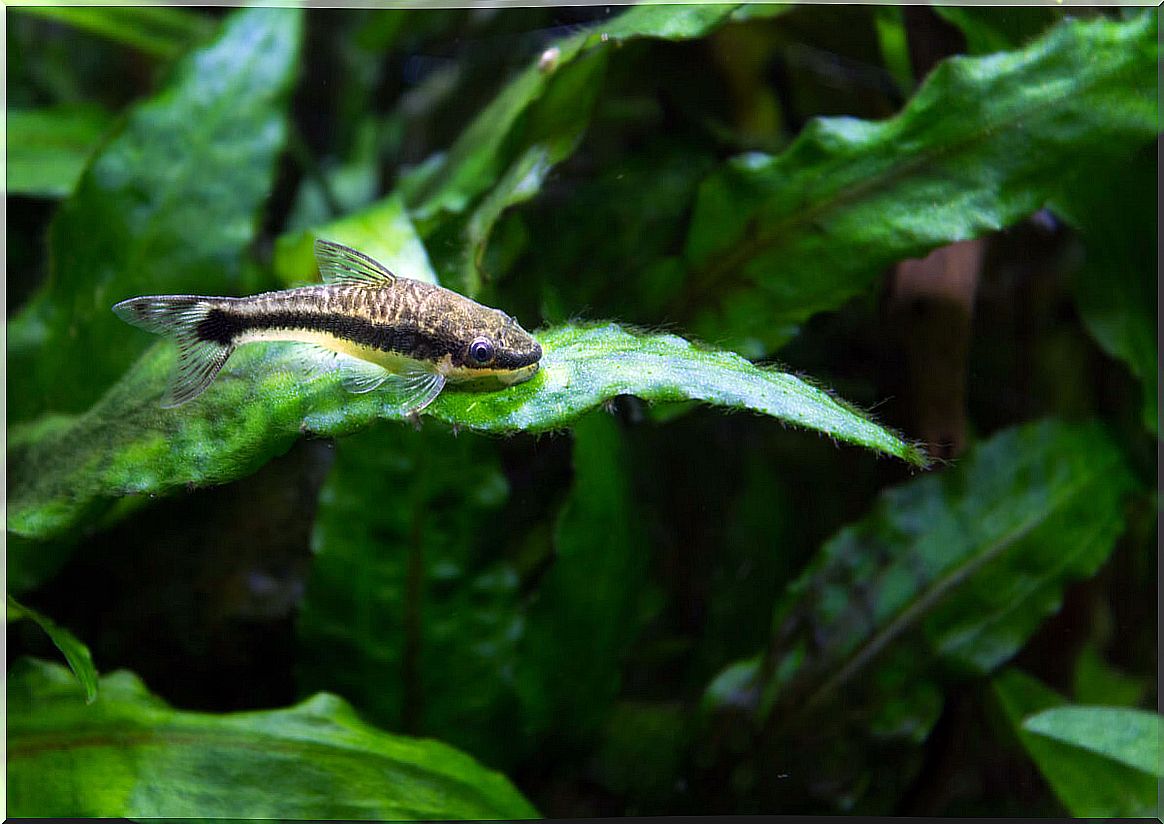
Algae-eating fish are part of the solution – do you know the cause of algae growth?
It is important to know that a pond always has algae. Thus, only when their growth is excessive is it necessary to carry out an intervention to control them. The causes of algae in the aquarium can be multiple, however, the main factors that induce an algae infestation are usually an excess of nutrients and light.
Chemical analysis of tank water should be performed regularly, specifically for nitrite and phosphate levels. If these increase, the algae multiply more quickly. Nitrite or phosphate buildup in the cycle is due to overfeeding, infrequent water changes, too much fish in the pond, or too few plants.
Also, it is wise to observe the lighting. If the pond is exposed to direct sunlight, the growth of algae is favored. In addition to these considerations, some of the algae-eating fish species can be added to the tank to prevent algal overgrowth. We present you a couple of examples.
Freshwater Corydoras Catfish Stand Out Among Algae Eaters
The genus Corydoras groups more than 170 species. Of all of them, about 50 are marketed for aquariums. These fish are known by different names: corronchos, pool cleaners, Georges pool sweepers, coridoras or simply Cory. The corys , like all catfish are bottom and carrion eaters.
Its natural habitat is at the bottom of rivers and cold-water lakes. These fish have a wide distribution in South America: from Colombia and Trinidad to central Argentina. They are easily recognized by their characteristic whiskers: 6 barbels that they have around the mouth.
Fish of the genus Corydoras are long-lived and very resistant: they survive in waters with little oxygen in times of drought, as they rise to the surface and breathe atmospheric air directly. Among the many species of corydora to choose from, some are easier to obtain than others.

siamese seaweed-eater
The Siamese kelp fish ( Crossocheilus siamensis ) comes from the bottoms of clean water streams in the interior of India and Central Thailand. Its natural habitat is shallow waters with strong to moderate currents.
Regarding its appearance, this fish has a fusiform silhouette with a lateral black band that runs through its entire body and its fins are completely transparent. It can also measure between 8 and 12 centimeters and live up to 10 years. Females and males are very similar, so there is no clear sexual dimorphism in the species.
In nature, these algae-eating fish are shoal, so they are poorly adapted to living alone. Based on this premise, it is recommended to keep a group of at least 5 specimens. In general, these fish are happy if they are provided with currents in the pond and places to hide.

The importance of water eaters
Finally, it is important to mention that algae-eating fish are a complement in the fight against an algae infestation. In the same way, it is necessary to take into account that they will require additional food beyond the vegetable matter already mentioned.
In general, these animals are not picky eaters and will love foods like flakes and pellets . However, measure is necessary, because if they overfeed, they will probably stop eating algae altogether.

